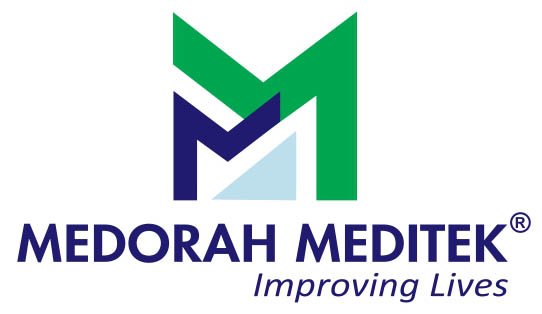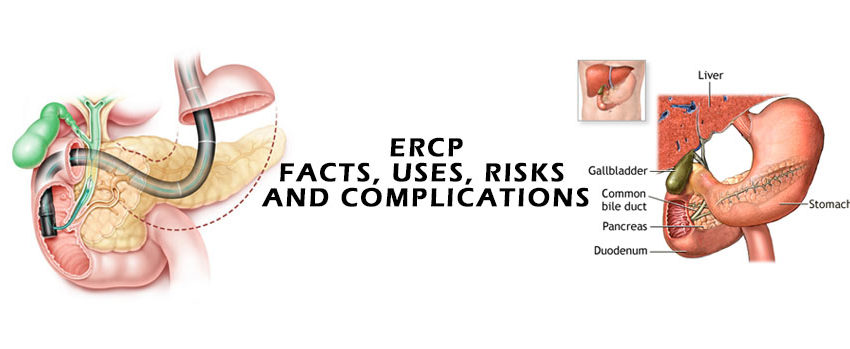The full form of ERCP is endoscopic retrograde cholangiopancreatography. ERCP includes endoscopy, which is inserting an elastic tube in mouth after sedation. The endoscope or flexible tube is passed through the stomach in the duodenum opposite the ampulla of Vater.
Uses
ERCP is used to identify and cure any abnormalities or diseases in the bile ducts draining from the liver or in the pancreas gland and pancreatic duct.
- Bile duct disease: The most popular indication for ERCP is the treatment and investigation of jaundice because of bile duct obstruction, stopping bile draining into the gut. The two common reasons for bile duct obstruction are:
- Gall stones: They do not only take place in the gall bladder. The gall stones can move or can also form in the bile duct and cause obstruction producing infection and jaundice. These bile duct gallstones can take place even after the gallbladder has been eliminated.
- Malignant (cancerous) blockage and narrowing of the bile ducts. This may be because of cancer of the bile duct itself, cancer of the pancreas or secondary cancer spread from elsewhere
- Occasionally ERCP can be used to treat narrowing of the bile duct or benign strictures, at times related with chronic pancreatitis.
- Therapeutic ERCP can also assist if the bile duct has been spoiled typically after surgical procedure to get rid of the gallbladder.
- Pancreatic disease: More infrequently blockage or stones in the pancreatic duct can also be treated and diagnosed at ERCP. These issues can cause pain and typically take place in patients with chronic pancreatitis.
ERCP Facts
- ERCP is a diagnostic process designed to inspect diseases of the pancreas, bile ducts and liver.
- ERCP is typically best performed under general anaesthesia. It might be done using IV sedation.
- There is a low rate of complications.
- ERCP can offer vital information that cannot be earned by other diagnostic examinations, for instance, MRI, CT scan, or abdominal ultrasound.
- Often, therapeutic measures can be performed at the time of ERCP to eliminate stones in the bile ducts or to alleviate obstruction of the bile ducts.
Risks and Complications of ERCP
ERCP is a highly specialized process which needs a lot of skill and experience. The process is quite safe and is related with a very low risk when it is performed by veteran physicians. The success rate in performing this process varies from 70% to 95% based on the experience of the physician. Complications can take place in approximately one to five percent based on the skill of the physician and the underlying turmoil. The most common complication is pancreatitis which is because of irritation of the pancreas from the dye used to take photos and can take place even with very experienced physicians. Another possible complication is infection.
Other serious risks comprise drug reactions, perforation of the intestine, depressed breathing and bleeding. Irregular heart attack or heart beat are very much rare and is mainly because of the sedation. In case of complications, patients typically need to be hospitalized, but surgery rarely is required.

